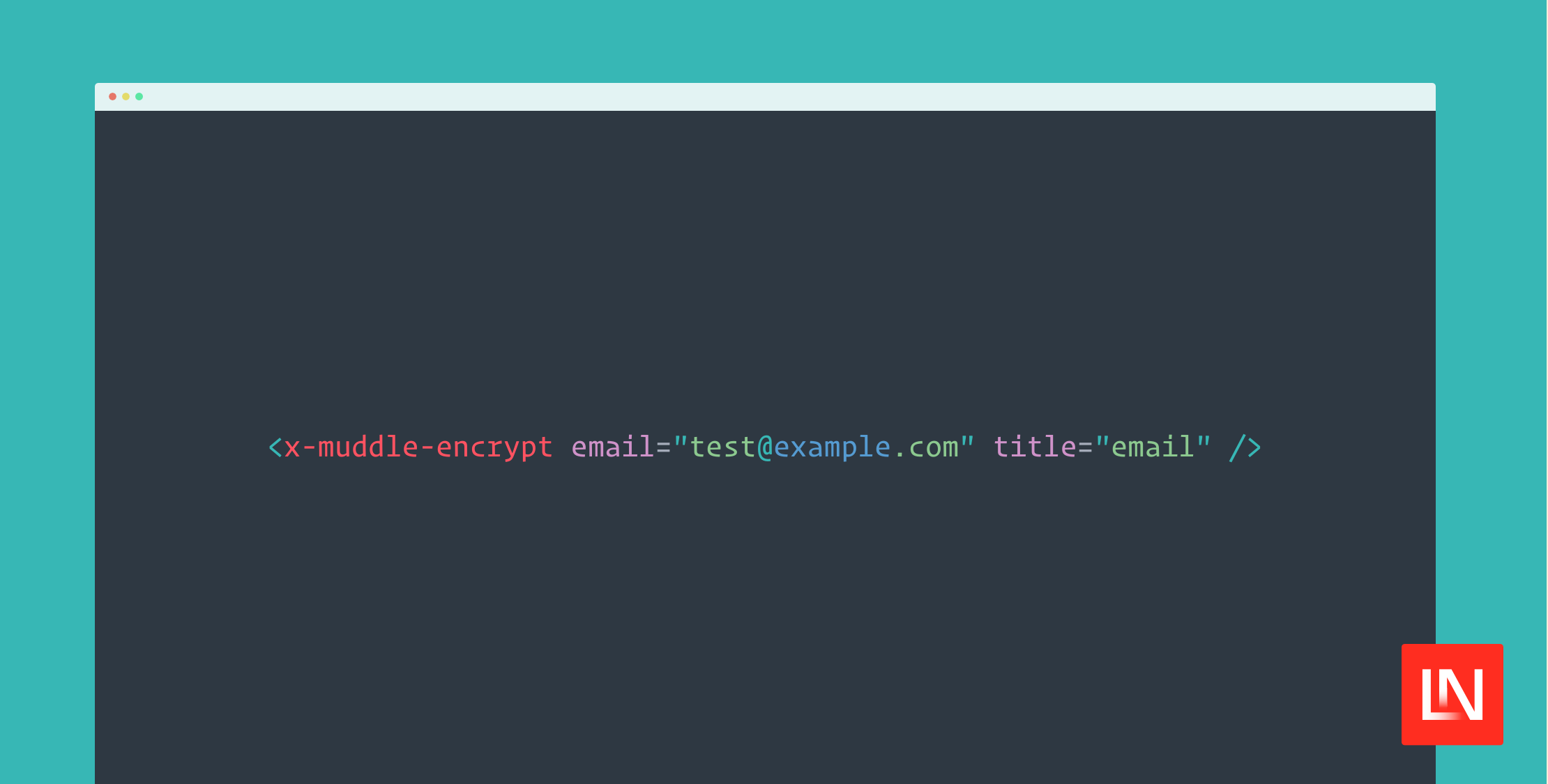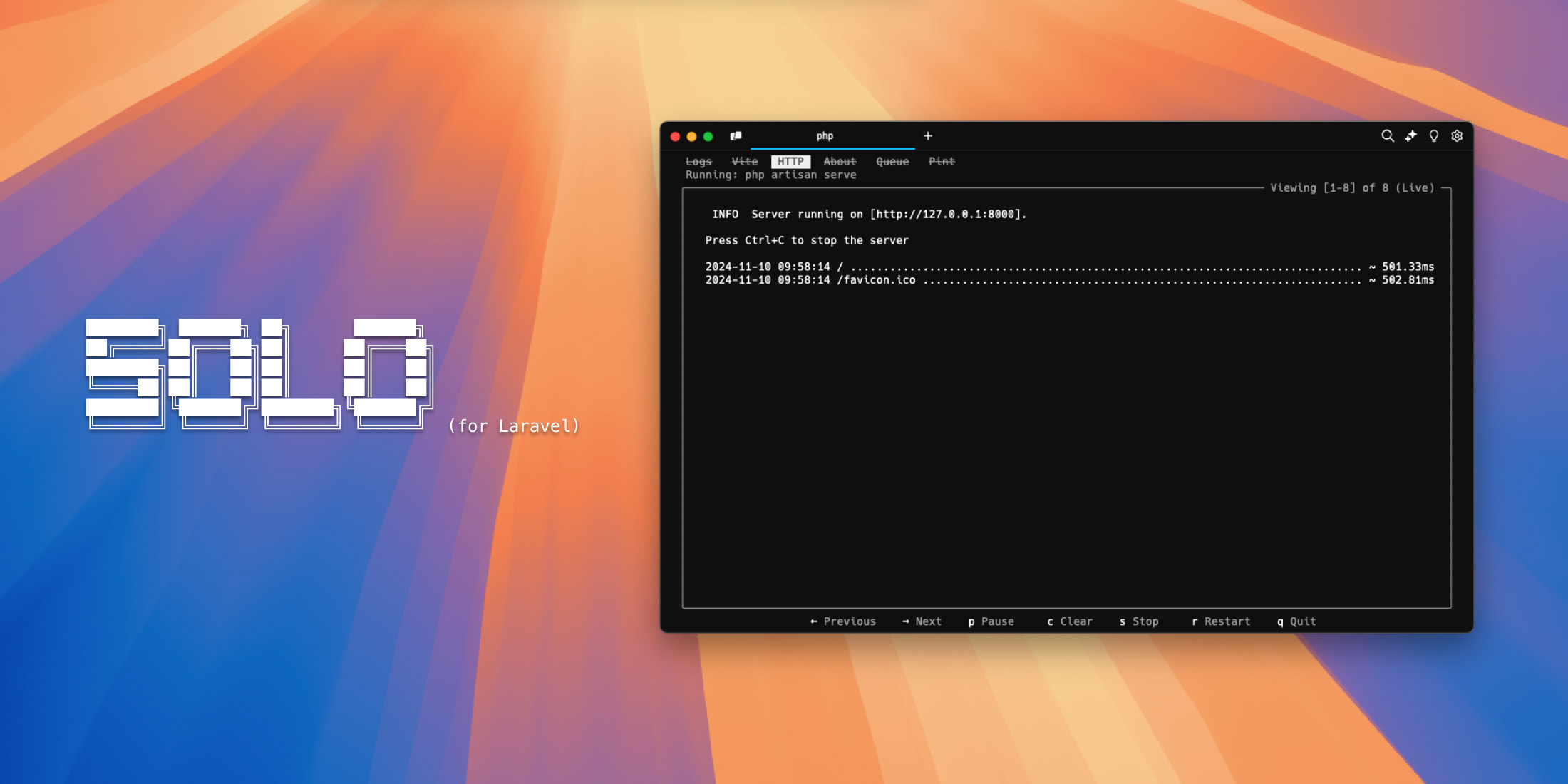Nuxt 3 + Laravel Sanctum Authentication: Secure Your SPA and API with Ease
Last updated on by Harish Kumar
In modern web development, authentication is crucial for securing applications and protecting user data. The nuxt-sanctum-authentication module bridges the gap between Nuxt 3 and Laravel Sanctum, providing a streamlined and efficient way to handle both SPA (Single Page Application) and API token-based authentication. This module simplifies the integration process, managing complex tasks such as CSRF protection, Bearer token management, and seamless support for SSR (Server-Side Rendering) and CSR (Client-Side Rendering). Whether you're building a Nuxt app that requires secure login, or an API-driven project, this module offers a hassle-free solution to keep your application secure.
Before diving into the steps to set up authentication, check out these essential resources:
- Module Repository: nuxt-sanctum-authentication
- Documentation: Nuxt Sanctum Authentication Documentation
- Demo Repository: nuxt-sanctum-authentication-demo
Setting Up Laravel Sanctum with Nuxt 3
Step 1: Install the nuxt-sanctum-authentication Module
To simplify integration between Nuxt 3 and Laravel Sanctum, you can use the nuxt-sanctum-authentication module. This module handles the complexities of both SPA and API authentication, including CSRF token management and Bearer tokens.
Start by installing the package in your Nuxt 3 app:
npm install @qirolab/nuxt-sanctum-authenticationStep 2: Configure nuxt.config.ts
Once installed, add the module to your nuxt.config.ts:
export default defineNuxtConfig({ modules: ["@qirolab/nuxt-sanctum-authentication"],});You also need to set the apiUrl for your Laravel app:
export default defineNuxtConfig({ modules: ["@qirolab/nuxt-sanctum-authentication"], sanctum: { apiUrl: "http://api.yourapp.test", // Replace with your Laravel API URL },});Step 3: Set Up Login Functionality
In your Nuxt 3 app, you'll need to create a login page where users can input their credentials. You can use the useSanctum() composable to handle login requests. Here’s an example implementation:
<script setup lang="ts">const form = ref({ email: '', password: ''}); const { login } = useSanctum(); const submitForm = async () => { await login(form.value);};</script> <template> <form @submit.prevent="submitForm"> <input v-model="form.email" type="email" placeholder="Email" /> <input v-model="form.password" type="password" placeholder="Password" /> <button type="submit">Login</button> </form></template>This simple login form sends the user’s credentials to the backend via Sanctum’s login endpoint, securing the communication using CSRF tokens.
SPA vs API Token Authentication
Depending on your app’s requirements, you can configure SPA or API token authentication. By default, the module uses cookie-based SPA authentication. To switch to API token authentication, you just need to update the authMode in nuxt.config.ts:
sanctum: { apiUrl: "http://api.yourapp.test", authMode: "token", // Switch to token-based authentication}Handling CORS Issues
A common issue when setting up cross-origin authentication between a Nuxt app and a Laravel API is CORS (Cross-Origin Resource Sharing) errors. To fix this, modify your config/cors.php in Laravel:
'paths' => ['api/*', 'sanctum/csrf-cookie', '/login'],Ensure that the login endpoint is added to the paths array to allow CORS requests.
Testing Your Setup
After setting everything up, navigate to your login page in the browser. Open the Network tab in your browser's developer tools to inspect the login request. If everything is configured correctly, you should see a successful response without CORS errors.
Securing Your App
The combination of Nuxt 3 and Laravel Sanctum offers a powerful, flexible authentication solution that’s easy to implement. Whether you’re building a SPA that needs cookie-based authentication or an API that requires token-based authentication, this setup ensures your application remains secure and performant.
Why Use nuxt-sanctum-authentication?
Using the nuxt-sanctum-authentication module simplifies the entire authentication process between Nuxt 3 and Laravel Sanctum. It handles the complexities of managing CSRF tokens, Bearer tokens, and works seamlessly in both SSR and CSR modes.
Conclusion
Securing your Nuxt 3 app with Laravel Sanctum doesn’t have to be complicated. By using the nuxt-sanctum-authentication module, you can ensure that both SPA and API token-based authentication are implemented with ease, providing a robust security solution for your application. Follow this step-by-step guide to quickly set up a secure authentication process for your users.
Hey, I'm Harish, a full-stack web developer. I teach web development tutorials with practical screencasts on Qirolab Youtube Channel.










